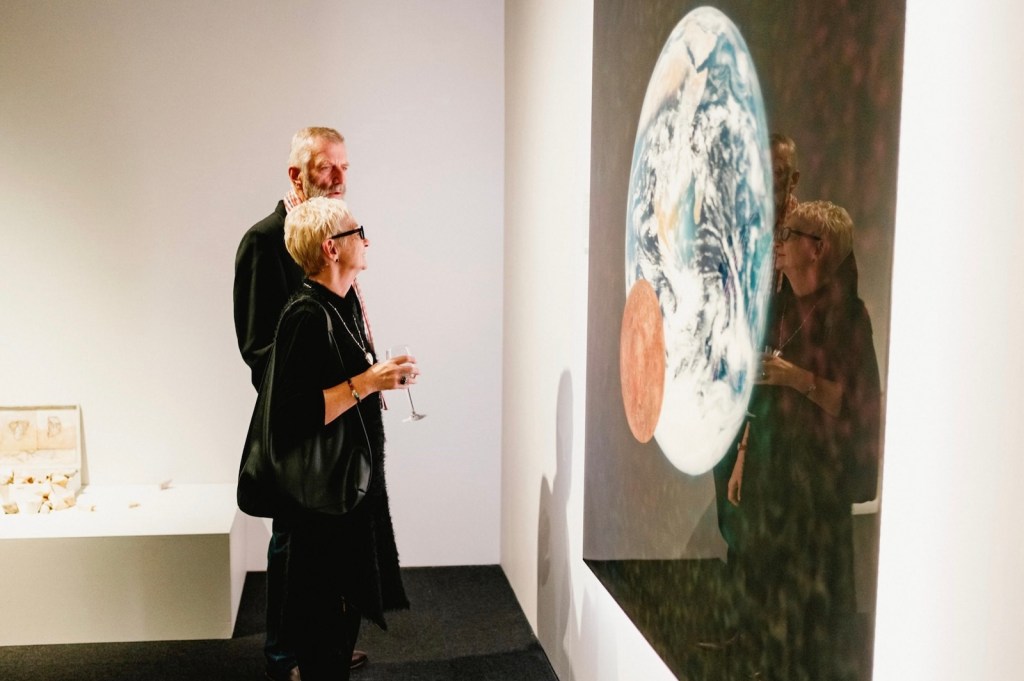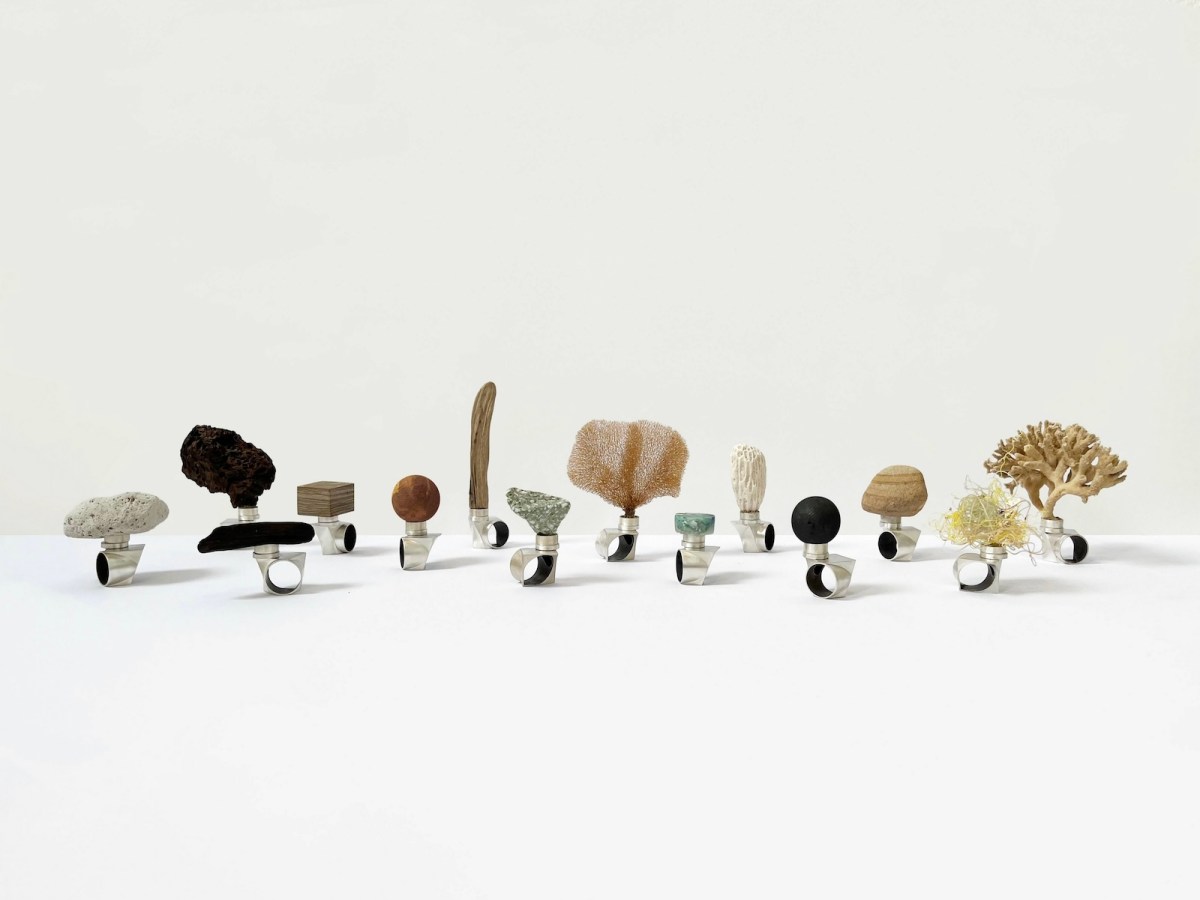Art prizes can be so much more than an opportunity for visibility. They can change the way we think about the world. A great example is the Waterhouse Natural Science Art Prize – a $40,000 biennial prize that celebrates the intersection between art and science.
South Australian Museum Director, Dr David Gaimster says the prize continues to be an opportunity for creatives and practitioners to reflect on, and respond to, the natural world, biodiversity and human impacts. ‘Great art enriches and challenges the way we understand and experience the world and, over two decades, the Waterhouse Natural Science Prize has shown time and again that the natural world makes fertile subject matter for today’s artists,’ says Gaimster.
An exhibition of the 2024 Finalists will open soon at the South Australian Museum in Adelaide.
ArtsHub catches up with Justine van Mourik, one of the judges and Director of Engagement at South Australian Museum. ‘Through the Waterhouse Prize, we’ve seen almost every application of art and science combining. For instance, in the last Finalists’ exhibition, a ceramic artist made forms that helped fish to spawn. But then, another artist had taken scientific data and made a video work. This sort of exchange of ideas is really nice – that art can help science, but science can help inform art.’
Van Mourik says that when the prize started 20 years ago, there really wasn’t anything else like it, and it largely drew out artists who were making scientific illustrations and more traditional forms of that art/science intersection. ‘Over time, it’s grown quite radically,’ she continues.
Walking into the Finalists’ exhibition visitors will engage with ‘everything from mixed media to more traditional forms, to ceramics and glass, as well as paintings and works on paper,’ she says.
‘What is really interesting, is that you start to see themes emerging across mediums. So, for instance, this year we have a huge number of fungi-related artworks – fungus is kind of hot right now!
‘The year that Erica Seccombe won with her video work Metamorphosis (2018), which is essentially a blowfly hatching, there was huge controversy because people had become used to those traditional illustrations. The exhibition today shows how, over those 20 years, our ideas and perceptions have changed quite markedly.’
Van Mourik says that the entries don’t have to be research-based, but rather can use science and natural history as a trigger, adding, ‘However, I have noticed that, when you get actual scientists working with artists those tend to be some of the most compelling works.’
Given this, the visitor journey through the exhibition is always intriguing. ‘I think because of the sheer variety of work – you have things hanging from the ceiling, things on the fly, things in showcases, and then big sculptures and paintings. It’s almost like a mini biennial experience,’ explains van Mourik. ‘You really get to experience different art forms and ideas in a short space of time.’
While fungi and mushrooms caught the eye of artists this year, the climate emergency we are living through continues to be a regular topic. ‘It’s probably the thing that drives a lot of the entries,’ says van Mourik. ‘If you look back 20 years ago, when the prize started, a lot of the entries were straight renderings of animals. And now, it’s almost impossible to find a work that isn’t, in some way, referring to the climate crisis, global warming, biodiversity and species extinction.
‘We’re hoping that, through these artworks, people will get that it is the time to act – I think it’s a much more palatable way of having those conversations, rather than causing people horrible climate anxiety,’ van Mourik says.
More than a prize or an exhibition

Named after the South Australian Museum’s first curator, Frederick George Waterhouse, the Prize ‘now also has quite a following of people who like to buy the artworks – we even have some repeat buyers who come every year,’ says van Mourik.
It is a bonus on top of the generous prize pool, which includes a $30,000 Open Category cash prize donated by IAS Fine Art Logistics, a $10,000 Emerging Artist Prize provided by Hill Smith Art Advisory and a $5000 People’s Choice Prize sponsored by the K&S Langley Fund.
‘It’s interesting to speak to past winners about how that prize money has changed them,’ says van Mourik. ‘That $10,000 or $30,000 really allows them to focus on their practice, and hopefully go further. For instance, the last emerging winner Deb McKay, now has gallery representation and has work in the Parliament House Collection. And Kyoko [Hashimoto] and her collaborator [Dr] Guy [Keulemans], who won the Open Category last year, have a residency at the Art Gallery of South Australia. It’s really gratifying, and it’s good to be able to give that money to allow artists to really focus on their practice.’
76 artists are included in the 2024 Finalists’ exhibition, which were drawn from over 400 entries to the Prize, demonstrating that nature and science capture the interests of both artists and the public alike.
The 2024 Waterhouse Natural Science Art Prize Finalists exhibition opens at the South Australian Museum, 12 April and runs until 10 June 2024.
This year’s Judges were: Erica Seccombe, a practising artist and Senior Lecturer at the ANU School of Art and Design; Robert Reason, Museum Director of the David Roche Foundation; Dr Jordan Pitt, Birri Gubba man, applied mathematician, and Associate Dean of Indigenous Strategy and Services in the Faculty of Science at the University of Sydney; and Justine van Mourik, Director, Engagement at the South Australian Museum.





